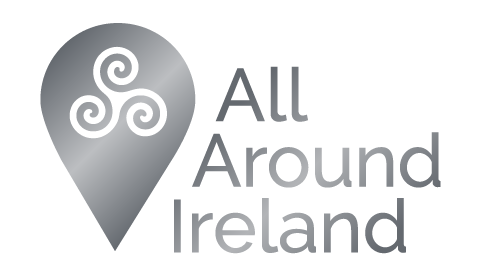If you want to delve a little into Ireland’s ancient past, there’s no better place than Newgrange. This Stone Age passage tomb located in the beautiful Boyne valley in Meath is more than 5,200 years old and pre-dates both Stonehenge and the Egyptian Pyramids. Newgrange is one of three principal passage tombs – Knowth and Dowth being the other two – and many smaller mounds in the area which are collectively know as Brú na Bóinne and have been designated a UNESCO World Heritage Site.
While there is no public access to the passage chambers at Dowth, those at Newgrange and Knowth can be accessed by guided tour from the Brú na Bóinne visitor centre. Note that the tours only visit Knowth from 1st April to 1st October this year, so if you visit outside these dates you can only get to Newgrange, as was the case for us.
Though it is not yet peak tourist season, the visitor centre was very busy when we arrived, so be aware that it may take some time to get on a tour. We arrived around 2.15pm and the next available tour was at 3.45pm, which was the last of the day. There is plenty to keep you busy at the centre while you wait, including an exhibition, short audio-visual presentation and a cafe for those who are feeling peckish! The adult entrance fee at the time of our visit was €7, which includes access to the visitor centre exhibition and transport by shuttle bus from the centre to Newgrange for your guided tour.
Newgrange itself is a large mound, covering about 1 acre of land but despite it’s size the only accessible area within the mount is a narrow passage around 19m long, which leads into a small cross-shaped chamber. In each recess of the chamber are stone basins which were used to hold the remains of the dead. The roof is constructed of overlapping rocks sealed with a capstone. 5,200 years later it’s still waterproof…no mean feat in Ireland!
The carvings found on the stones within and around the monument are some of the finest examples of Neolithic art in Europe. Unfortunately you cannot photograph inside the passageway or chamber but you can see the beautiful entrance stone and another large carved kerbstone in our photos below.
Arguably the most remarkable feature of Newgrange though is the roof box, a small opening above the passage entrance. As the sun rises on the morning of the winter solstice (Dec 21st) – and for a few days before and after – sunlight enters the opening, travelling the length of the passageway and lighting up the chamber. Given that the winter solstice marked the start of the New Year in Neolithic times, this is more than a happy coincidence and rather a remarkable feat of engineering.
As the chamber can only fit about 20 people at any given time, the demand to be there during sunrise on the week of the winter solstice is huge and is managed through a lottery system. You can fill in an application while you are at the visitor centre if you want to be in with a chance. Of course, if it happens to be a cloudy morning you’re not going to see anything but you might get lucky!
We only had 45 mins at the site and could have easily spent a bit longer there but had to leave at our allocated time for the shuttle bus back. You can choose to stay longer and walk the 3 kms or so back to the visitor centre but just be aware that the carpark closes at the same time as the visitor centre, so you want to double check the time if you’re there late in the afternoon or you’ll be staying put for the night!
For more information about Newgrange and Brú na Bóinne and images from inside the tombs, check out newgrange.com or worldheritageireland.ie.



















